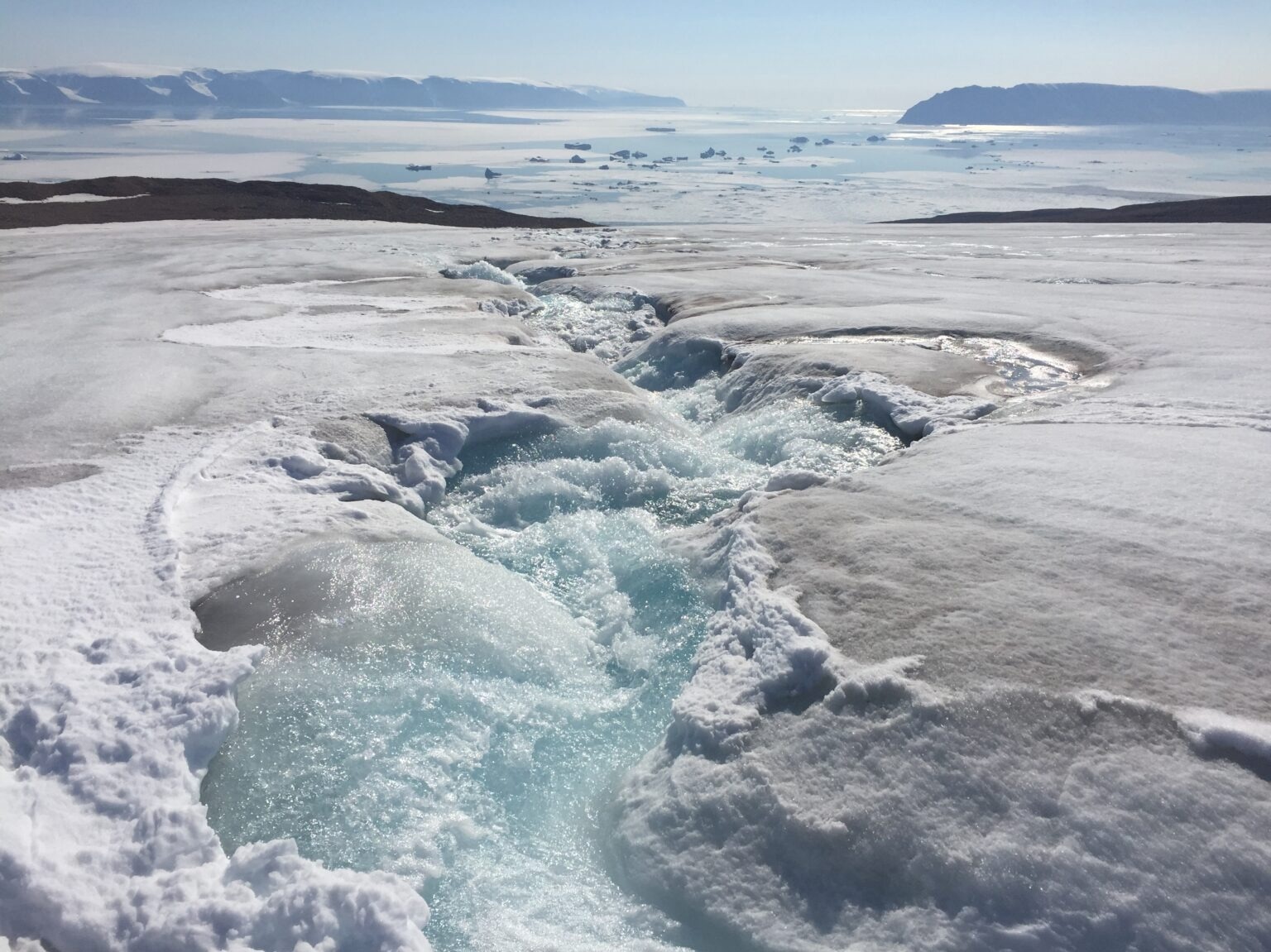Acoustic signals can be utilized to successfully monitor glacial runoff and provide a less expensive and more accessible alternative to present technologies.

Qaanaaq Glacier, Greenland. Image Credit: Evgeny Podolskiy
Glaciers are melting and retreating at an alarming rate, increasing sea levels and creating flash floods. Scientists are keeping a watch on this development to assess the contribution of meltwater to the ocean and freshwater supplies around the world, as well as the risk of glacial flooding.
Glacio-hydrological monitoring, on the other hand, is a luxury that not every country can afford. The method necessitates either a significant amount of effort by observers or sophisticated equipment with vast amounts of data.
Hokkaido University scientists headed by Evgeny A. Podolskiy have devised a safe, inexpensive, and practical method for monitoring glacial discharge using sounds created at the proglacial run-off area.
The approach, which was published in the journal Geophysical Research Letters, is not only 100 times less expensive than most new methods, but it is also non-invasive, rapid, and easy to deploy and has the potential to become a tool for long-term glacier monitoring.
Earlier research, including the team’s, linked inaudible (infrasound) signals to glacier runoffs, observing a daily variation and a peak during the summer. It was proposed that these signals were caused by the radiation of air-pressure waves from glacier runoff. As a result, it was proposed that glacier discharge may be quantified by examining the audible sounds made by melting glaciers.
The investigators carried out the first near-source study at Qaanaaq Glacier in Greenland, which revealed that acoustic noise levels scale with proglacial discharge with an audible diurnal pattern.
The ambient sound could be described as a continuous hum of roaring water, which would be familiar to anyone who walked near a white water.
Evgeny A. Podolskiy, Hokkaido University
The team used a commercially available bird-song recorder near the terminus of the Qaanaaq Glacier to capture the ambient soundscape.
We estimated the proglacial discharge by water-depth and flow-speed measurements, which were collected at the intersectional site of the proglacial stream and the road between Qaanaaq and the local airport. The acoustic data was analyzed and the result was then cross-correlated with the discharge in order to single out a frequency band that was the best proxy for the proglacial stream.
Evgeny A. Podolskiy, Hokkaido University
The strongest association was observed between 50 and 375 Hz. The noise level also clearly replicated the temporal variation in the runoff, according to the researchers. Furthermore, they discovered that the acoustic signal was collected ~50 minutes before a shift in discharge.
The study proved that audible acoustic signals could be used to remotely and constantly detect glacio-hydrological alterations. The strategy eliminates the possibility of instrument loss and does not necessitate cutting-edge data processing techniques.
Although it lacks the high spatial resolution of contemporary fiber-optic tools, it breaks new ground in terms of cost and overall simplicity. This technology can be used to put up early-warning systems to identify and mitigate glacial flooding occurrences such as glacier lake outbursts.
The team recognizes that sound-discharge relationships in glaciated watersheds can be complicated. Long-term monitoring, clarification of the link between audible and inaudible sounds, and assessment of wind interference effects could all help future efforts.
The study was funded by Japan Society for the Promotion of Science (JSPS) KAKENHI (20H00186), and the Arctic Challenge for Sustainability-II research project (ArCS-II; JPMXD1420318865 and ArCS-II International Research Exchange Program), supported by the Ministry of Education, Culture, Sports, Science and Technology of Japan (MEXT).
Journal Reference
Podolskiy, E. A., et al. (2023). Acoustic Sensing of Glacial Discharge in Greenland. Geophysical Research Letters. doi.org/10.1029/2023gl103235.